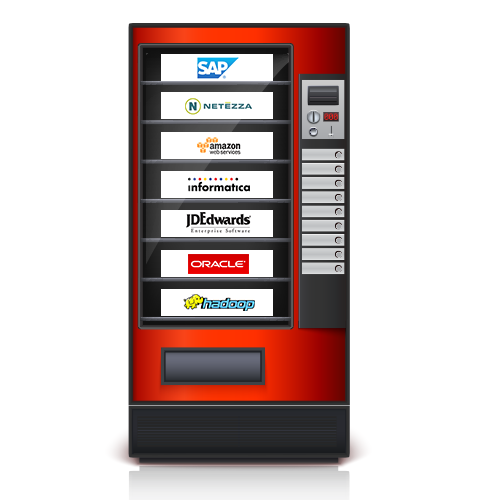Self-Service Automation – What’s Good for End Users is Great for IT Operations
What is Self-Service Automation?
Self-service automation describes the practice of connecting self-service to other business processes and platforms through a workload automation solution, or empowering end-users with a self-service portal to run preconfigured jobs and processes through an enterprise job scheduling solution.

According to Forrester, 70% of customers would prefer to use a company’s website to get answers to their questions than contact companies via telephone or email. Gartner, too, predicts that by 2020, the customer will manage 85% of the relationship with an enterprise, without human interaction. Self-service not only accommodates the preferences of end users and customers, but also provides compelling benefits to the IT teams responsible for providing those services.
For several years, IT teams have provided relatively basic self-service capabilities, particularly in the areas of IT administration. A common example of self-service is the password reset. According to Gartner, between 20% and 50% of all Help Desk calls are to request password resets. Providing this capability through a self-service interface can provide a quick win for IT, taking significant workloads off IT operations staff and providing faster service to the end user.
By centralizing frequently requested jobs in JAMS, Bruce Power has been able to provide its internal users with self-service for a growing number of processes. The plant can provide quick responses to many common administrative requests, and, at the same time, reduce the time and effort required from IT staff to service those requests. These services include:
- Enabling/Disabling mailboxes
- Creating Active Directory security groups
- Creating or removing Exchange distribution groups and members
- Deleting distribution groups
- Creating and deleting Lync accounts
- Removing a local profile from multiple workstations
By providing just a few parameters, business users can get the results they need in minutes, without burdening the IT staff with their requests.
IT administration tasks, like the ones above, are just the tip of the IT self-service iceberg. IT and ‘the business’ are moving closer together at breakneck speed, to the point where they often become indistinguishable.
Many business users expect and demand the same kind of self-service capabilities in their work environment that they have become accustomed to in their home environment. They expect to be able to work online at any time, from any location, in the same way they can shop or bank at any time, from any location. If inspiration strikes in the middle of the night and a user wants a long-running ETL job to have completed by the time she arrives at the office, she expects to be able to go online and initiate the process. Few managers would argue that she should contact IT or “just wait”. Organizations that leverage a centralized automation solution can offer these types of services to a wide range of users through simple interfaces such as a submit button on an intranet page.
Self-Service Automation Oversight
Distributing these powerful capabilities to potentially thousands of end users also requires oversight. No business wants hundreds of processor-intensive user requests to compromise the execution of higher priority jobs. By centralizing jobs in JAMS, enterprises are able to apply global policies to prevent this kind of situation from occurring. Time windows, that restrict when certain self-service requests will be processed, can mitigate these risks. JAMS users can also set concurrency limits to restrict the number of instances of specific self-service jobs that can be active at a given time.
Business users need self-service capabilities that help them get their jobs done when, where, and how they want them to be done. And, IT teams need to reduce costs by minimizing the number of personnel on-hand to process related requests. Providing direct end-user interfaces to IT automation is one way to meet the needs of both of these groups.